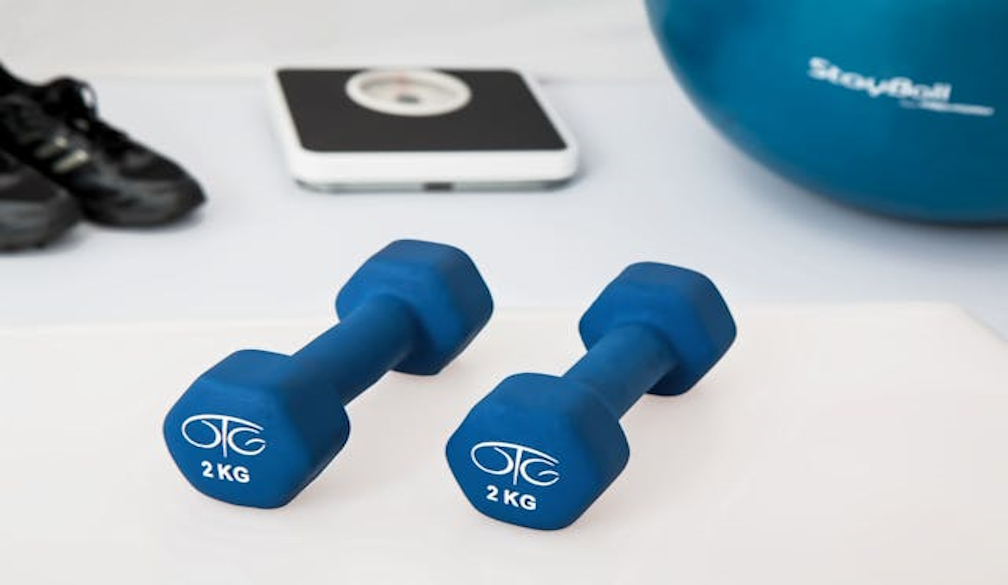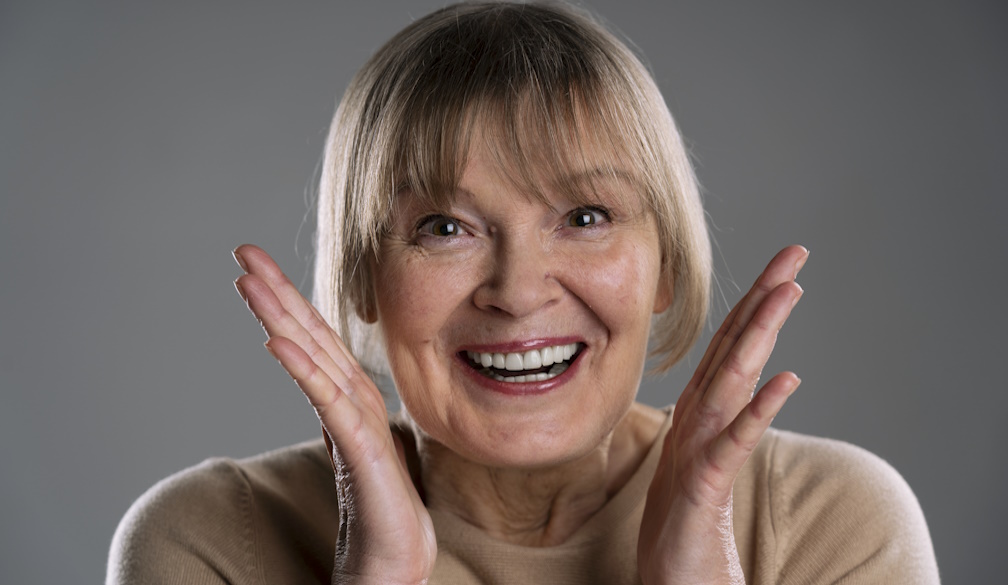Simple Daily Habits That Improve Balance and Flexibility

Have you ever noticed how easily children can twist, stretch, and balance without a second thought? As adults, we often lose that natural agility over time, largely due to inactivity, poor posture, or the natural aging process. But the good news is that with a few simple daily habits, you can maintain — and even improve — your balance and flexibility at any age.
These two physical skills are more than just “nice to have.” They reduce the risk of falls, keep joints healthy, support better posture, and enhance overall mobility. The following habits are practical, easy to integrate into daily life, and proven to help you feel more stable, supple, and in control of your movements.
Start Your Day With Gentle Stretching
Stretching first thing in the morning helps loosen stiff muscles, increase blood flow, and prepare your body for the day ahead. You don’t need to commit to a long, complicated routine — even five minutes can make a big difference. Focus on movements that open the hips, lengthen the spine, and activate the shoulders.
For example, you can try a gentle forward fold, side bends, and torso twists while still in your pyjamas. The goal is to awaken your body gradually, not push it to its limits. Over time, this habit increases flexibility and reduces the discomfort often felt after long periods of inactivity.
Strengthen Core Muscles
Your core is the powerhouse of your body — it stabilises your spine, supports posture, and helps maintain balance during all activities. Core exercises don’t have to mean endless sit-ups; planks, bridges, and seated leg lifts are low-impact and highly effective.
Strong abdominal and back muscles protect against falls by helping you recover quickly if you stumble. Incorporating just 10–15 minutes of core work into your daily routine can yield noticeable improvements within weeks.
Practice Balance Exercises Daily
sdBalance is a “use it or lose it” skill, and daily practice helps keep it sharp. Activities like standing on one leg while brushing your teeth, walking heel-to-toe down a hallway, or practising simple yoga poses such as Tree Pose can all improve stability.
Early in your journey, you might feel a little wobbly, but that’s part of the process — your muscles and nervous system are learning to respond more efficiently. If you have underlying neurological or mobility issues, seeking specialised care at a movement disorder clinic can ensure your exercises are safe and tailored to your needs.
Incorporate Mobility Breaks Into Your Day
Sedentary lifestyles are a major contributor to stiffness and loss of balance. If you work at a desk, set a timer to remind yourself to stand up, stretch, and move every hour. These short breaks restore circulation, relieve joint tension, and prevent muscle shortening.
Simple moves like shoulder rolls, ankle circles, and gentle squats can be done without leaving your workspace. The key is consistency — even small bursts of movement can counteract the negative effects of sitting for long periods.
Engage in Mind-Body Practices
Activities like yoga, tai chi, and Pilates combine strength, flexibility, and balance training in one session. These practices also emphasise controlled breathing and mindfulness, which can reduce stress and improve focus — both of which indirectly support better coordination.
Just 20–30 minutes a few times a week can bring noticeable benefits. You don’t need special equipment to start; many beginner-friendly classes and tutorials are available online.
Wear Supportive Footwear
Your feet are your body’s foundation, and wearing supportive shoes can greatly influence balance and stability. Look for footwear with a firm sole, proper arch support, and a comfortable fit. Avoid overly worn or slippery shoes that can increase the risk of falls.
If you spend a lot of time barefoot at home, consider doing foot-strengthening exercises such as toe curls and heel raises. Healthy, strong feet make it easier to maintain proper alignment in the rest of the body.
Improve Your Posture Throughout the Day
Poor posture can lead to muscular imbalances, which affect both flexibility and balance. Simple awareness is often the first step toward correction. Whether you’re sitting, standing, or walking, imagine a string gently pulling the crown of your head upward while your shoulders relax down and back.
Posture-improving exercises, such as wall angels or chin tucks, can be done anywhere and help retrain your body into healthier alignment. Over time, this supports smoother movement and better stability.
Stay Hydrated and Nourished
Muscle function and joint health depend heavily on hydration and proper nutrition. Water keeps muscles supple, while nutrients such as calcium, vitamin D, and magnesium support bone and muscle strength.
Aim to drink enough water throughout the day, and focus on a balanced diet that includes leafy greens, lean proteins, whole grains, and healthy fats. The right fuel helps your body perform at its best, especially when paired with regular physical activity.
Get Quality Sleep
Sleep is when your body repairs itself, consolidates motor learning, and restores energy. Poor sleep can impair coordination, slow reaction times, and make you more prone to injuries.
Establish a calming nighttime routine — dim the lights, limit screen use in the hour before bed, and keep your bedroom cool and free from noise. Aiming for 7–9 hours of restful sleep each night will support your ability to stay balanced and flexible.
Conclusion
Improving balance and flexibility isn’t about making drastic changes — it’s about small, consistent habits that add up over time. By incorporating stretching, core work, posture awareness, and regular movement into your daily routine, you can maintain stability, prevent injuries, and enjoy a more active, confident lifestyle.





